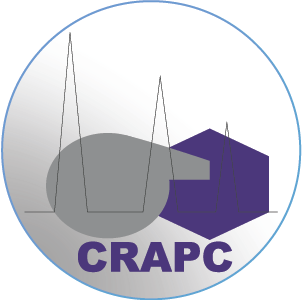International Journal of Hydrogen Energy
Available online 18 November 2020
Spherical NiCu phyllosilicate photocatalysts for hydrogen generation
Author links open overlay panel
Imane Ghiata Adel Saadia Khaldoun Bacharib Neil J.Covillec Amel Boudjemaaab
aLaboratory of Natural Gas, Faculty of Chemistry, USTHB, Algiers, Algeria
b Centre de Recherche Scientifique et Technique en Analyses Physico-Chimiques, Bou-Ismail CP, 42004, Tipaza, Algeria
cDSI-NRF Centre of Excellence in Strong Materials and the Molecular Sciences Institute, School of Chemistry, University of the Witwatersrand, Johannesburg, 2050, South Africa
Abstract
To enhance the photocatalytic performance of semiconductors, a highly active and durable SiO2@xNiCuPS photocatalyst was evaluated for photocatalytic hydrogen generation. The photocatalyst was prepared by a hydrothermal method using SiO2 spheres, and a 1:1 Cu:Ni mixture (5 and 10 wt%). The reaction gave a highly stable phyllosilicate material with a core@shell structure. The materials were characterized by a range of techniques. DRS data revealed indirect optical transitions at 1.5 eV and 2.75 eV for the SiO2@5NiCuPS and SiO2@10NiCuPS materials. The new photocatalysts were successfully tested for hydrogen generation under visible irradiation to give H2 yields of 184 and 47 μmol g−1. min−1 for SiO2@5NiCuPS and SiO2@10NiCuPS, respectively. The data suggest that the enhanced activity of adding Cu to Ni to form Ni/Cu phyllosilicates is not due to NiCu alloy formation but due to changes in the support morpholohgy brought about by metal-support interactions. The catalysts were stable over 4 repeat reaction cycles.
Keywords
Hydrogen Photocatalysis NiCu nanoparticles core@shell material

